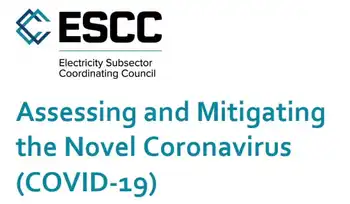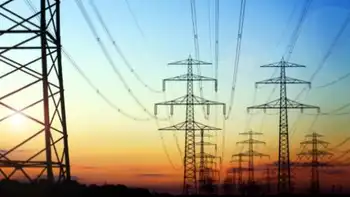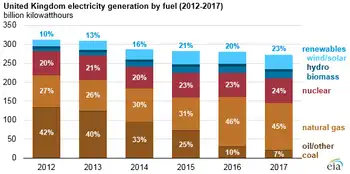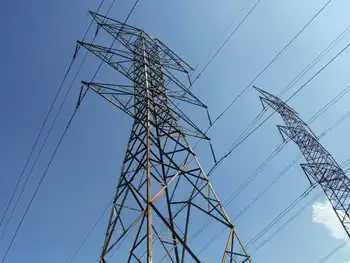DNV GL, Liander and Enexis Reduce Power Failures in Dutch Electricity Grid by up to 25
AMSTERDAM - - DNV GL formerly KEMA, the world's largest resource of independent energy experts and certification body, Dutch distribution system operators Liander and Enexis, and substation automation provider Locamation have developed a 24 hour online monitoring system for underground cable networks, with full-scale roll out of the system due to start this year.
DNV GL will manage and monitor the Smart Cable Guard system, which is capable of detecting approximately 65 of the weak spots and more than 95 of the failures in the underground medium voltage network 6-50 kV. Liander and Enexis anticipate that both the number of failures and the time to repair these will decrease. The two companies also expect that the costs of repairing failures will fall considerably thanks to fast and accurate pinpointing of the failure location.
The Netherlands has some 110,000 km of medium voltage cable buried underground, some of which was installed as long ago as the early 1900s. Smart Cable Guard was developed due to increasing importance of monitoring network conditions in order to guarantee energy supply. The system consists of a sensor and a computer that is linked to the underground cable network. The sensor collects data on the cables' conditions 24 hours a day and transmits it straight to DNV GL, where it is collated and analysed. Liander and Enexis can use this information to resolve weak spots in order to reduce the number of power failures up to 25.
The system is up to 70 more effective than the existing failure detectors. It can pinpoint weak spots and faults, including self-healing breakdowns in cables, so that these can be repaired before a failure occurs. It detects all power failures, including those caused by excavators, and with much greater accuracy than existing systems - Smart Cable Guard is able to precisely locate faults and weak spots in any network to within 1 of the cable length. As a result, the failure repair time can be reduced considerably. The system is compatible with all types of medium voltage networks. Smart Cable Guard will be predominately used in heavily populated and vulnerable areas, due to ageing networks and heavy precipitation.
In 2007, a consortium of technical experts, including DNV GL and distribution system operators, began developing Smart Cable Guard. The development phase was completed recently, with systems tests carried out on both the Liander and Enexis networks. Due to its effectiveness, Liander and Enexis both began implementation of a large roll out. Foreign energy suppliers have already expressed their interest in this Dutch cable monitoring system.
'Our society is almost completely dependent on electricity,' says Dr. Fred Steennis, Power Cable Expert at DNV GL. 'We worked together with our partners to develop a wonderful and innovative product that will ensure a more reliable, cheaper and safer supply of electricity for both the Netherlands and the rest of the world.'
Related News

The Power Sector’s Most Crucial COVID-19 Mitigation Strategies
NEW YORK - The latest version of the Electricity Subsector Coordinating Council’s (ESCC’s) resource guide to assess and mitigate COVID-19 suggests the U.S. power sector continues to grapple with key concerns involving control center continuity, power plant continuity, access to restricted and quarantined areas, mutual assistance, and supply chain challenges.
In its fifth and sixth versions of the “ESCC Resource Guide—Assessing and Mitigating the Novel Coronavirus (COVID-19),” released on April 16 and April 20, respectively, the ESCC expanded its guidance as it relates to social distancing and sequestration within tight power sector environments like control centers, crucial mitigation strategies that are…




